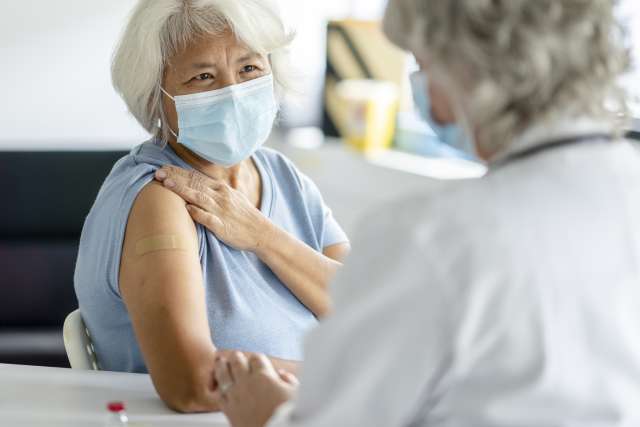Hello, dear readers, and welcome to the monthly letters column. Are we too far into 2023 to wish you all a happy New Year? We’re deep into flu season, as well as lose-those-holiday-pounds season. Both are topics in your letters, and of future columns. And now, your questions.
-- Our ongoing columns about post-COVID-19 exercise continue to generate mail. “When is it OK to resume my walking regimen of about 3 miles daily?” a reader asks. “I have been walking outdoors, but I find myself tiring easily.” We continue to learn about the aftereffects of COVID-19 infection, and guidance for resuming exercise continues to evolve. People who are dealing with fatigue or exhaustion are urged to forget their pre-COVID-19 routines. Instead, treat each day as a unique unit, and exercise to the abilities of that day. Pushing oneself, as we do when we’re healthy and trying to improve strength or stamina, can backfire after being infected with COVID-19. Assess yourself each day, listen carefully to the feedback from your body, and stop before you are fatigued.
-- A reader from Virginia is dealing with rheumatoid arthritis, an inflammatory condition that affects the joints and other tissues. He asked about anti-inflammatory medications. “In an article about RA, you mentioned newer medications, but didn’t give any names,” he wrote. “While I hope I never need them, I would like to be prepared to have a conversation with my rheumatologist if I do.” Mild cases of RA are typically treated with ibuprofen, naproxen and similar nonsteroidal anti-inflammatory drugs. Corticosteroids are also used. When you talk to your rheumatologist about newer medications, ask about biologics and if they would be appropriate for you. This is a class of engineered drugs that target specific inflammatory cells or processes to fight and manage disease. Biologics include monoclonal antibodies, several of which have recently been approved for use in certain cases of RA.

-- We recently wrote about listeriosis, a serious infection caused by the bacterium Listeria monocytogenes. It usually arises from eating contaminated food. Listeriosis causes a range of symptoms, including stomach and body aches, fever, headache, chills and diarrhea. It’s particularly dangerous for pregnant women, newborns and those with compromised immune response. A reader from Illinois asked for clarification regarding rates of listeriosis infection. “You wrote that about 1,600 people get it each year, and about 260 of them die," he said. “I would like to know if those figures are for the United States or for the world.” Thank you for the chance to clarify. Those numbers come from data collected by the Centers for Disease Control and Prevention and focus solely on cases of listeriosis in the U.S. Worldwide, the numbers are higher. While exact data aren't available, it is estimated the bacterium sickens at least 24,000 people throughout the world each year and causes more than 5,500 deaths.
Thank you, as always, to everyone who took the time to write. We love hearing from you and are happy to learn that so many of you find the columns helpful.
(Send your questions to [email protected], or write: Ask the Doctors, c/o UCLA Health Sciences Media Relations, 10960 Wilshire Blvd., Suite 1955, Los Angeles, CA, 90024. Owing to the volume of mail, personal replies cannot be provided.)





